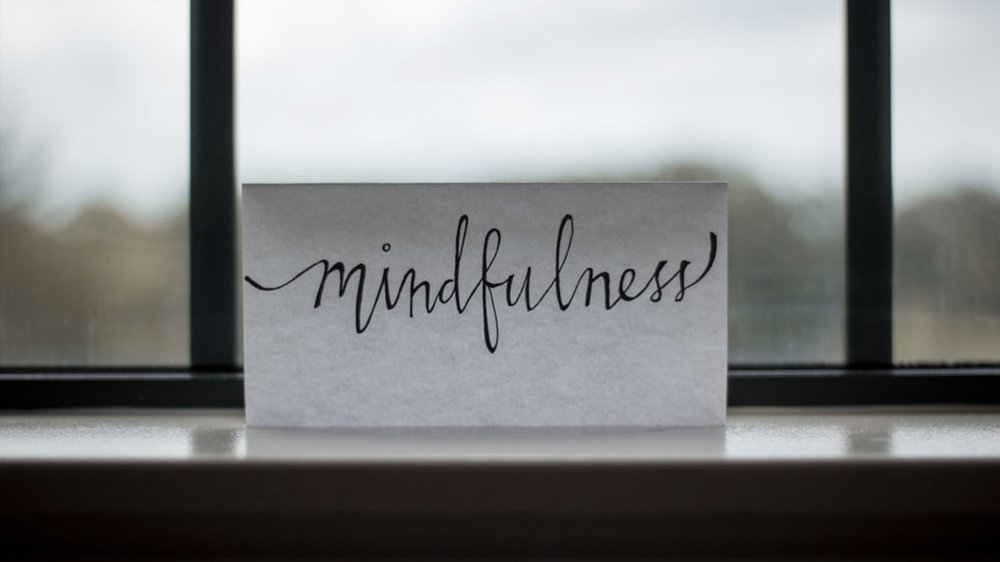After several years of using a homegrown social emotional learning (SEL) approach, our district decided it was time for a more official curriculum that would support our middle and high school students’ mental health, academic achievement, and overall well-being.
With about 840 students in grades 8-12, we’d already developed a homeroom/advisory period meant to create community among students. Our goal was to develop a “belongingness” within our students and staff.
As we built that out, we started creating our own lessons using some of the PBIS (Positive Behavioral Interventions & Supports) curriculum. We assembled an advisory team of teachers who helped aggregate resources about mindfulness, kindness, and other core topics.
The initiative went well for about two years, but it just wasn’t sustainable for us to keep creating something every year for students in grades 8-12. It was time for us to find a more sophisticated platform.
4 Steps to a Successful Switch
We were introduced to a new SEL platform by one of our district’s former middle school counselors and, after our counseling team checked out the SEL platform, we convinced our central office that our high school needed it.
Here are four steps we took to ensure a smooth transition to our new SEL platform:
1. Carve out dedicated time for SEL. At Antigo High School, most students have a 25-minute homeroom/advisory time period that on Monday and Friday is dedicated to the platform. On Tuesday and Thursday, the school provides intervention or enrichment time, where students can select where they'd like to go for math or English help, or to work on CTE projects. Wednesdays are club days. It's about 25 minutes each day and we're allowing time for students to connect with each other and make their own choices.
2. Start with a small implementation team. We have an active tier one PBIS team, and we felt that the new platform and PBIS fused together really well. During the early stages of the pandemic, we connected a lot virtually and accessed the new SEL portal before anyone else in our district did. We practiced with our PBIS team (our school counselors), got trained on how to use the platform, and got input from our school leadership team. We also completed our professional development virtually and got everyone pumped up and ready to use it.
3. Model upcoming lessons for teachers. Our team models what’s coming up on the platform and includes teachers in the process. For example, the mindset “live to give” is coming up. We’ll model what we're doing, what we're talking about, and the school activities that we are going to incorporate. We kind of front-end load all of that with our staff once a month to ensure good cohesion across our staff and engagement for our students.
4. Lean on community resources. Our SEL platform is a true community. We've had a neighboring school reach out to us and ask, how are you implementing this? What are you doing with your SEL platform? Can we come and talk to you about it? Can we observe what's happening in person? I think that if you build that community and really reach out to the people who are doing it, that jump to a new program becomes a bit easier to manage. When you reach out to those support resources, the purpose and the “why” behind SEL becomes a lot clearer and more attainable.
Any school or district that wants to adopt an SEL platform must put some time and effort into the selection process, make time for the SEL lessons, and then create a school culture that embraces and benefits from SEL. We’ve all been through a lot over the last two years, and our students’ and teachers’ well-being, mental health, and success are top priorities for us. And be sure to check on the fidelity of the lessons because some teachers will be phenomenal at taking SEL and knocking it out of the park while others may need more assistance and support on their SEL journey.
About the author
Anita Mattek is associate principal of Antigo High School in Antigo, Wisconsin.











